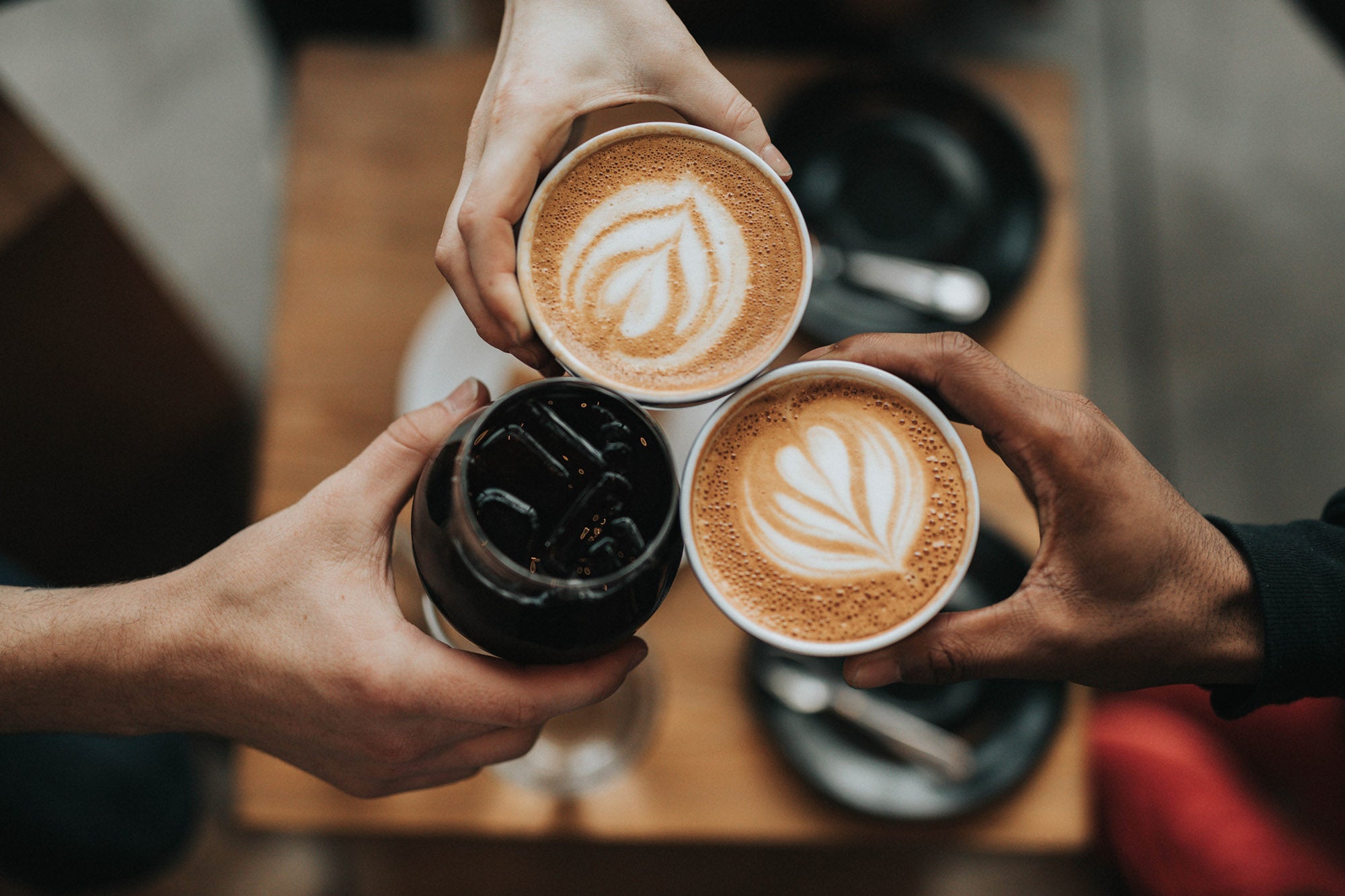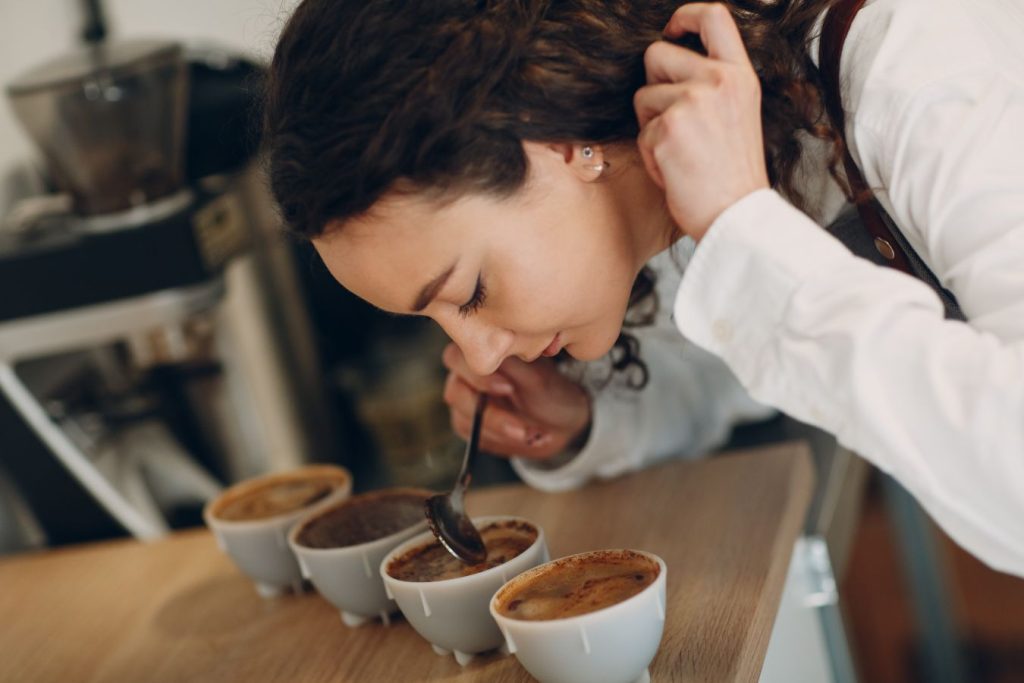Blog
How to Choose the Right Coffee for Your Taste
Choosing the right coffee can feel overwhelming, given the vast array of options available. Whether you’re a coffee connoisseur or just starting to explore the world of coffee, finding the perfect brew can make all the difference in your daily routine. The right coffee not only matches your personal taste preferences but can elevate your overall coffee-drinking experience.
In this guide, we’ll break down key factors to consider when selecting the right coffee for your taste, from roast levels to brewing methods, so you can confidently choose a coffee that suits you.
1. Consider the Roast Level
The roast level of coffee plays a crucial role in determining the flavor and strength of the coffee. Generally, coffee roasts can be classified into three categories: light, medium, and dark.
- Light Roast: Light roasts are known for their vibrant, fruity, and sometimes floral flavors. These coffees are roasted for a shorter time, preserving the natural flavors of the beans. If you enjoy a more nuanced and delicate taste, light roasts are the way to go.
- Flavor profile: Bright, tangy, fruity, or floral.
- Best for: Those who prefer mild, complex flavors.
- Example beans: Ethiopian Yirgacheffe, Kenyan AA.
- Medium Roast: Medium roasts strike a balance between the natural flavors of the coffee bean and the roasted taste. These coffees have a smooth, well-rounded flavor with hints of caramel and chocolate. They are the most versatile and are great for a variety of brewing methods.
- Flavor profile: Nutty, caramel, chocolate, balanced.
- Best for: Those who prefer a balanced, rich flavor without being too bold or too light.
- Example beans: Colombian, Costa Rican.
- Dark Roast: Dark roasts have a robust and smoky flavor due to longer roasting times. The beans lose much of their original flavor, and instead, the roast itself becomes the dominant taste. Dark roasts are great for those who enjoy bold, intense flavors.
- Flavor profile: Bold, smoky, bitter, chocolatey.
- Best for: Those who like strong, full-bodied flavors.
- Example beans: French Roast, Italian Roast.

2. Decide on the Bean Origin
Coffee beans are grown in various regions of the world, and each region imparts its own distinct flavor characteristics to the coffee. Some regions are known for specific taste profiles, which can help guide your selection based on your preferences.
- Ethiopian Coffee: Known for its bright acidity, floral notes, and fruity flavors like blueberry and citrus.
- Colombian Coffee: Balanced and smooth with a mild flavor, often with hints of caramel and chocolate.
- Brazilian Coffee: Rich and nutty with a low acidity and a chocolatey, earthy flavor.
- Sumatran Coffee: Full-bodied with earthy, spicy, and sometimes even herbal flavors, typically low in acidity.
If you enjoy a specific flavor profile like fruity, chocolatey, or nutty, looking into the region where the beans are sourced can help you select the best coffee.

3. Choose Your Brewing Method
The method you use to brew your coffee can greatly affect the flavor, and some coffees are better suited for specific brewing techniques. Whether you prefer espresso, French press, drip coffee, or pour-over, consider the brewing method when choosing your coffee.
- Espresso: If you enjoy espresso, look for dark, bold roasts that can withstand the pressure and intensity of espresso brewing. Espresso blends often feature beans with a full-bodied flavor and lower acidity.
- French Press: A French press works well with medium to dark roasts, which allow for a rich, smooth extraction. Coarse-ground coffee works best for French press brewing.
- Drip Coffee: Drip coffee is versatile and can be made with light, medium, or dark roasts. Choose medium roasts for a well-balanced cup with a good mix of flavors.
- Pour-Over: If you prefer pour-over coffee, light and medium roasts are often the best choice, as this method enhances the subtle flavors and aromas of the beans.
4. Know Your Taste Preferences
Understanding your own flavor preferences is key to choosing the right coffee. Coffee can have a wide range of flavors, from fruity and tangy to nutty and chocolatey. To find what works best for you, consider the following:
- Acidity: Some coffees, particularly light roasts from regions like Ethiopia or Kenya, can have high acidity, which results in a tangy or bright flavor. If you prefer a smooth, mellow cup, you might opt for low-acid beans like those from Brazil or Sumatra.
- Body: The body refers to the richness or thickness of the coffee. Full-bodied coffees have a rich, creamy texture and are often associated with darker roasts and coffees from regions like Sumatra. If you prefer a lighter cup, look for beans from Central America or Ethiopia.
- Flavor Notes: Different beans have distinct flavor notes, such as chocolate, berry, nutty, or floral. If you enjoy fruity, bright flavors, opt for beans from regions like Ethiopia or Kenya. If you prefer chocolatey, nutty notes, try beans from Brazil or Colombia.
5. Consider Specialty Coffee Brands
Specialty coffee brands often offer high-quality, single-origin beans with unique flavor profiles. These coffees are carefully sourced and roasted to bring out the best flavors from the beans. Many specialty brands also offer organic and fair-trade options, which can be a great choice if you’re conscious about sustainability and ethical sourcing.
Some popular specialty coffee brands include:
- Blue Bottle Coffee: Known for their high-quality, fresh beans with complex flavors.
- Stumptown Coffee Roasters: Offers a wide range of beans with a focus on direct relationships with farmers.
- Intelligentsia Coffee: Pioneers in the third-wave coffee movement, known for their commitment to sustainability.
6. Experiment and Explore
The best way to discover the perfect coffee for your taste is through experimentation. Don’t be afraid to try different roast levels, brewing methods, and bean origins. You may find that your preferences evolve over time, and you might enjoy a variety of flavors depending on the season or your mood.
Many local coffee roasters offer sample packs or smaller bags, which are a great way to try different coffees without committing to a large quantity. Explore new blends and single-origin beans until you find the perfect coffee that suits your taste.
Conclusion
Choosing the right coffee for your taste can take some trial and error, but by considering factors like roast level, bean origin, brewing method, and flavor preferences, you can find the perfect coffee to suit your palate. Whether you enjoy a fruity, tangy light roast or a bold, smoky dark roast, there’s a coffee out there that will make every sip a delightful experience. Don’t be afraid to experiment and explore new coffee options to discover your ideal cup!


